To increase the amount of honey consumed daily, beekeeper Bui Quoc Hai (born in 1992) has built a tourist attraction to experience the process of building nests, sucking nectar and leaves of domesticated Italian bees in Ta Nung commune, Da Lat city, attracting a significant number of tourists from many regions in the country and abroad.
 |
| Tourists interact with bees of Dalat Bee Farm at Group 1, Village 6, Ta Nung Commune, Da Lat City |
By early August 2024, Dalat Bee Farm, located in Group 1, Village 6, Ta Nung Commune, Da Lat City, is located on a large asphalt road connecting to the diverse eco-tourism routes that are developing here. On peak days, it welcomes up to 10 groups of visitors, each group from 5 to 40 people. Visitors enter freely, and are given a protective helmet by the farm staff, covered with a mosquito net down to their chest. Stepping through the door opens a 2,000 m2 space filled with flowers, leaves, and bees diligently crowding to collect nectar and fly to each bridge to build a nest in each beehive. Farm owner Bui Quoc Hai and farm staff each guide a group of tourists to the beehive to directly describe the characteristics of the entire bee colony, the functions and roles of each queen bee, drone bee and worker bee, for about 10 minutes. “In a beehive, worker bees do everything from flying out to the garden to collect nectar, leaf nectar, pollinate crops, return to the hive to make honey, take care of larvae, protect and raise the queen bee. Each hive has one queen bee, instinctively laying about 1,000 eggs per day to maintain the number of bees. Male bees make up a very small number in the hive, only mating every day with the queen bee to maintain the breed…”, the staff of the Bee Farm - Dalat Bee Farm explained.
Accordingly, in the ecological environment of Dalat Bee Farm, the life cycle of a queen bee can last from 3 to 5 years; the life cycle of worker bees and drones is from 40 to 45 days. Lifting up each beehive to get close to tourists, farm staff introduced that most of the worker bees working in the nest are covered in a golden brown color. Mingled in the crowd of worker bees is a dark brown queen bee. And the drones, which account for a very small percentage, are dark brown. Farm owner Bui Quoc Hai said that there are 2 types of beehives raised and contacted with customers at the farm, including 1-storey beehives (8-10 beehives) and 2-storey beehives (16-20 beehives). The time for worker bees to go out to suck nectar, leaves, and bring them back to the hive to crystallize into honey is about 15 days in total. Royal jelly is harvested every 5 days by separating and raising larvae in rows of small plastic cells.
“The farm is covered with green fruit trees such as jackfruit, guava, mango, pomegranate, custard apple, avocado; yellow flowers, mua flowers, daisies, five-color flowers, cloves, hibiscus, lavender... A total of 50 Italian bee boxes are being raised for honey and serving visitors to experience the farm. Every 3-4 months, 50 new Italian bee boxes are brought to the farm to replace 50 old Italian bees transported outside Lam Dong province to collect nectar, leaves...", farm owner Bui Quoc Hai informed. Specifically, in August 2024, Mr. Bui Quoc Hai's family and relatives in the extended family are taking a colony of 400 Italian bee boxes to collect nectar and pollinate dragon fruit flowers in specialized areas in Binh Thuan province. In the remaining seasons, Italian bees are brought to collect nectar from flowers and leaves every year, including: Coffee flowers in the province from January to March; Flowers, leaves of cashew trees, cajuput, rambutan, rubber in and outside the province from April to July. Each time the bees are taken to collect honey, it lasts about 1 month, the total monthly honey harvest is about 1,000 kg. In which, the market price of coffee flower honey in Lam Dong province is higher than the price of honey from other flowers outside Lam Dong province.
It has been 5 years since the establishment of Dalat Bee Farm in Group 1, Village 6, Ta Nung Commune, Da Lat City. Owner Bui Quoc Hai said that the farm has contributed to creating honey products of the Da Lat flower city brand according to the needs of tourists as special gifts on each trip. Thereby, helping tourists and local producers to better understand the value of honey products in preventing and treating diseases, and protecting the ecological balance in nature with diverse plant species. Bui Quoc Hai shared: "Starting to demonstrate 5 bee boxes since 2019, up to now, the farm has regularly arranged 50 bee boxes to contact customers. The result has been faster consumption of honey production from 20% in 2019 to 50% in 2024...".
Source: http://baolamdong.vn/kinh-te/202408/trai-nghiem-quy-trinh-loai-ong-lam-mat-6692ea6/



![[Photo] Prime Minister Pham Minh Chinh chairs meeting on draft Resolution of National Assembly on International Financial Center in Vietnam](https://vphoto.vietnam.vn/thumb/1200x675/vietnam/resource/IMAGE/2025/5/22/d398664ff1a140629169ea5a24e1b4d0)
![[Photo] General Secretary To Lam chairs a working session with the Central Internal Affairs Commission](https://vphoto.vietnam.vn/thumb/1200x675/vietnam/resource/IMAGE/2025/5/22/3b7790f499da45b2803d8ae253207ef1)
![[Photo] Prime Minister Pham Minh Chinh chairs the Government's special meeting on law-making in May](https://vphoto.vietnam.vn/thumb/1200x675/vietnam/resource/IMAGE/2025/5/22/1c880aae96fd4e0894abc47a46fe19ba)
![[Photo] Press delegation meeting to visit Truong Sa and DK1 Platform](https://vphoto.vietnam.vn/thumb/1200x675/vietnam/resource/IMAGE/2025/5/22/6b8d232877ec421a9e8187d83b9f8006)



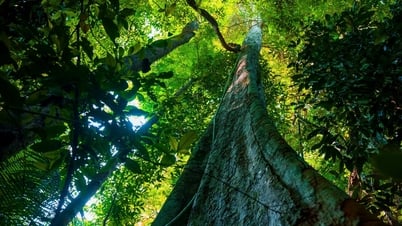

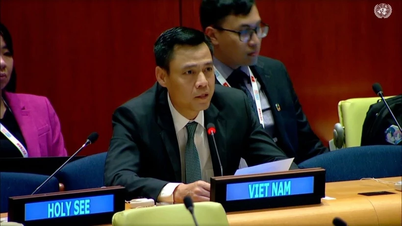

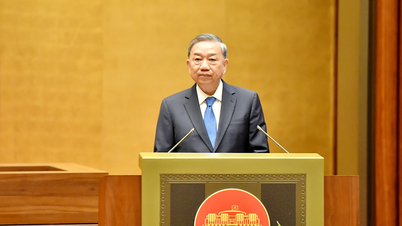
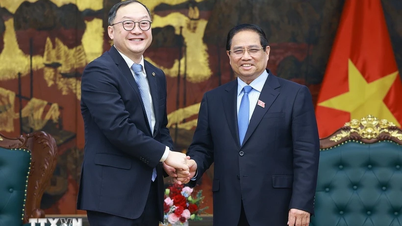

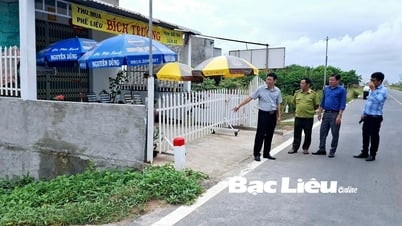


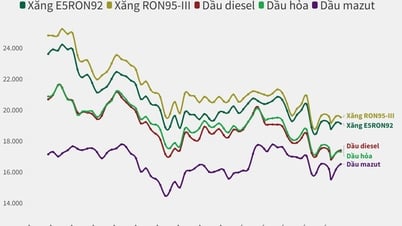
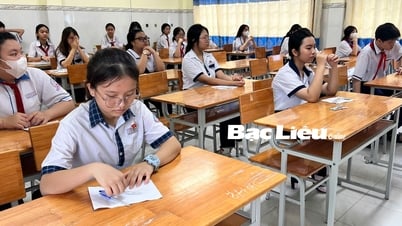
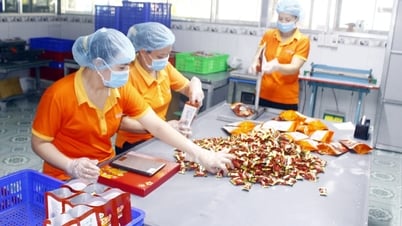
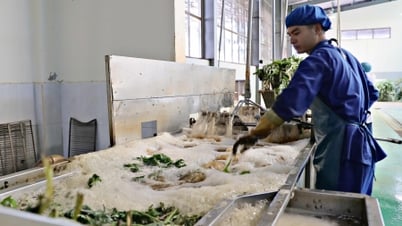






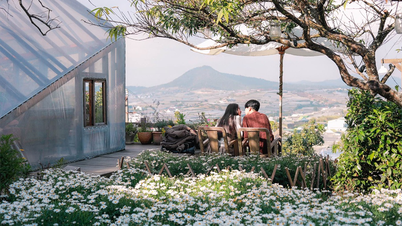
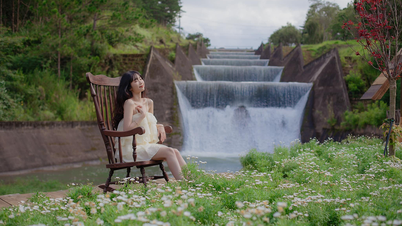
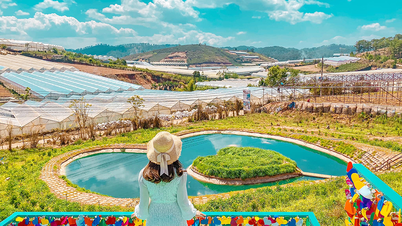
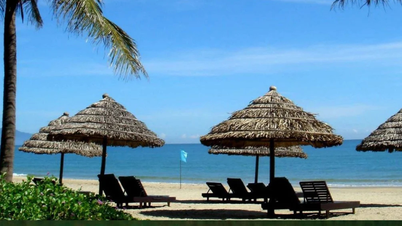






































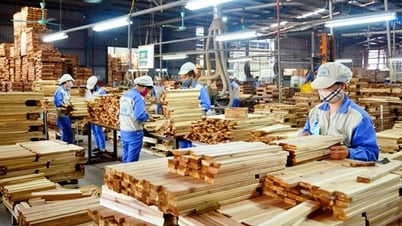
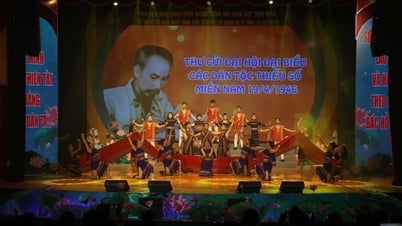
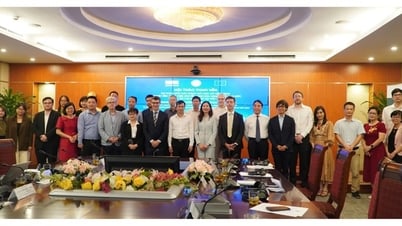

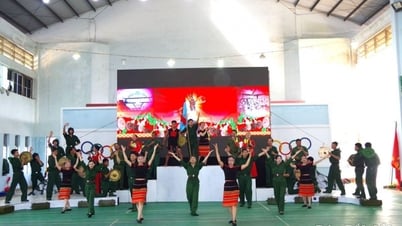

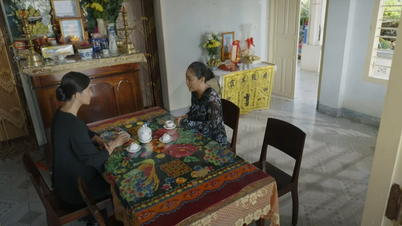





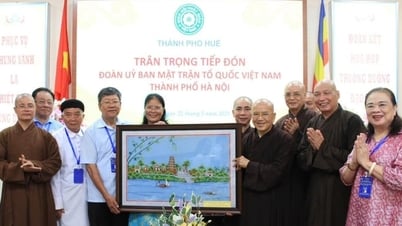




![[Podcast] Week introducing more than 500 OCOP products in Hanoi](https://vphoto.vietnam.vn/thumb/402x226/vietnam/resource/IMAGE/2025/5/22/d144aac2416744718388dbae3260e7fd)





Comment (0)